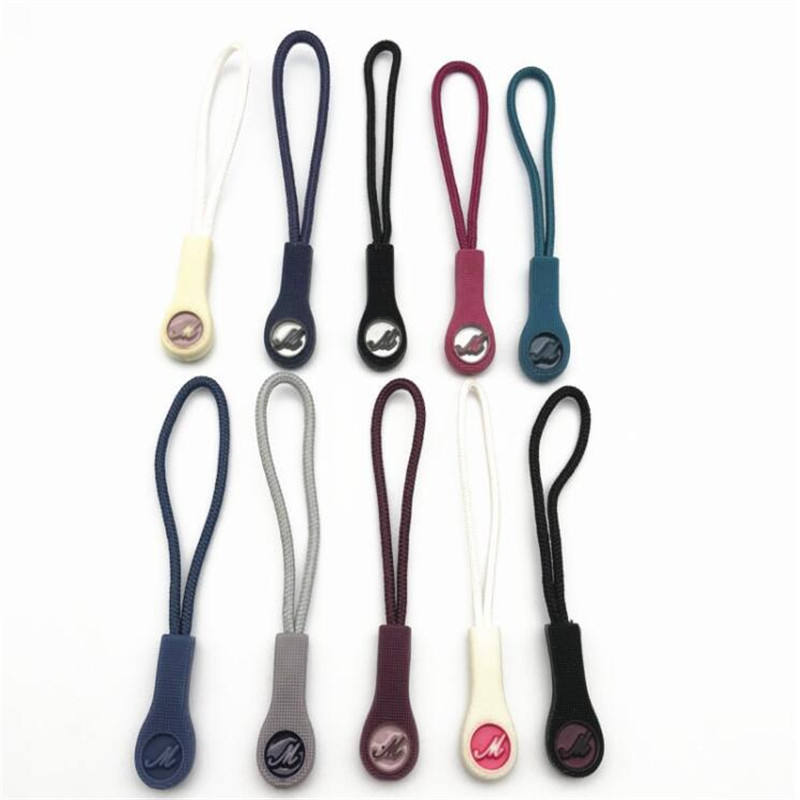The Step-by-Step Guide

When it comes to the manufacturing process of clothes zippers, attention to detail and precision are crucial. In this article, we will explore the step-by-step procedures and techniques required to create high-quality clothes zippers. From selecting the right materials to assembling the final product, here is a comprehensive guide on how to make clothes zippers.
1. Material Selection
The first step in making clothes zippers is selecting the appropriate materials. The fabric, teeth, and sliders must be chosen with care to ensure durability and functionality.
The fabric used for the zipper tape should be strong, flexible, and resistant to wear and tear. Common materials include polyester and cotton blends, which offer excellent durability and flexibility. Tightly woven synthetic fabrics are often preferred for their strength and ability to withstand frequent use.
The teeth of the zipper can be made from various materials, including metal, plastic, or nylon. Metal teeth zippers are known for their durability and are often used in heavy-duty applications. Plastic and nylon zippers are lightweight and commonly used in garments where weight is a concern, such as dresses and lightweight jackets.
The slider, which is used to open and close the zipper, can be made of metal or plastic. The choice of material depends on the application and desired aesthetic. Metal sliders provide a sturdy and classic look, while plastic sliders offer a more lightweight and affordable option.
2. Zipper Manufacturing Process
The manufacturing process of clothes zippers involves several steps, including zipper tape cutting, teeth insertion, slider attachment, and quality control.
2.1. Zipper Tape Cutting: The fabric for the zipper tape is cut into the desired length using precision cutting machines. The width of the tape is typically determined by the size of the zipper and the intended garment.
2.2. Teeth Insertion: The teeth are applied to the zipper tape using specialized machines. The teeth are aligned and evenly spaced to ensure smooth opening and closing of the zipper. Different types of teeth insertion machines are used depending on the material of the teeth, with metal teeth requiring a more robust and precise insertion process.
2.3. Slider Attachment: After the teeth are inserted, the slider is attached to the zipper tape. The slider facilitates the movement of the teeth, allowing the zipper to open and close. The attachment can be done manually or using automated machines, depending on the scale of production.
2.4. Quality Control: Once the zipper is assembled, it undergoes rigorous quality control inspections. The zipper is tested for smooth operation, strength, and alignment. Any defective zippers are discarded to ensure only high-quality products are delivered to customers.
3. Packaging and Distribution
After the zippers pass the quality control inspections, they are ready for packaging and distribution. The zippers are carefully packaged to prevent damage during transportation and storage. They can be packaged in bulk or sorted according to size and type for easy identification.
Efficient logistics and distribution systems are essential to ensure timely delivery of the zippers to manufacturers, designers, and retailers worldwide. Collaboration with reliable shipping partners and efficient inventory management play a crucial role in the successful distribution of clothing zippers.
Conclusion
Manufacturing clothes zippers requires careful material selection, precise manufacturing processes, and stringent quality control. From choosing the right fabric and teeth to assembling and packaging the final product, each step contributes to the production of high-quality zippers. By following the step-by-step guide outlined in this article, manufacturers can ensure the creation of durable and functional clothes zippers that meet the needs of various garments.
